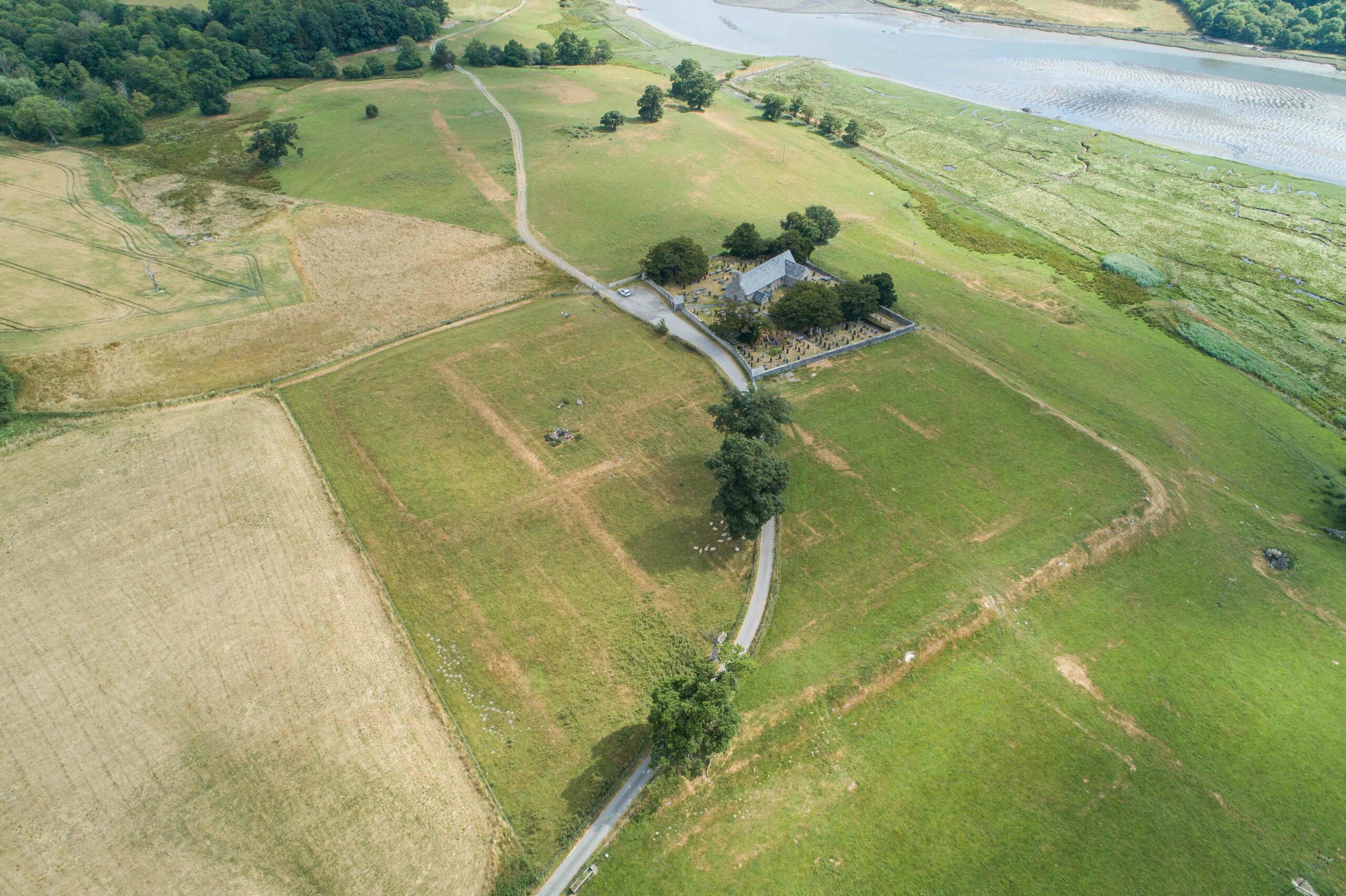LONDON, ENGLAND—According to a report in The Telegraph, Neolithic cattle bones unearthed at 11 archaeological sites in the Balkans show wear and tear consistent with pulling heavy loads. The study, led by Jane Gaastra of University College London, suggests cattle were put to work as early as 6000 B.C., about 2,000 years earlier than previously thought and before the introduction of the plow and the wheel. Researchers think that, in the Balkans, cattle would have helped early farmers clear forests and build settlements. Gaastra says cattle in Britain may even have even helped build Stonehenge some 5,000 years ago, by dragging bluestones around 160 miles from Wales to Wiltshire. To read about the search for the genetic signature of aurochs, the wild ancestor of domesticated cattle, in medieval drinking horns, go to “Raise a Toast to the Aurochs.”
Neolithic Cattle May Have Pulled Heavy Loads
News December 12, 2018
Recommended Articles
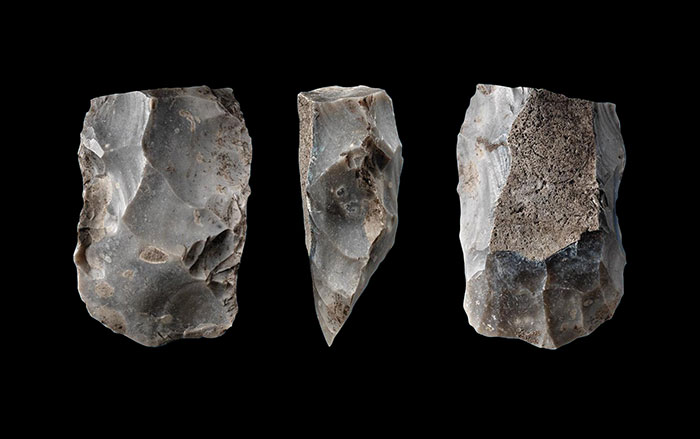
Digs & Discoveries September/October 2024
Location is Everything
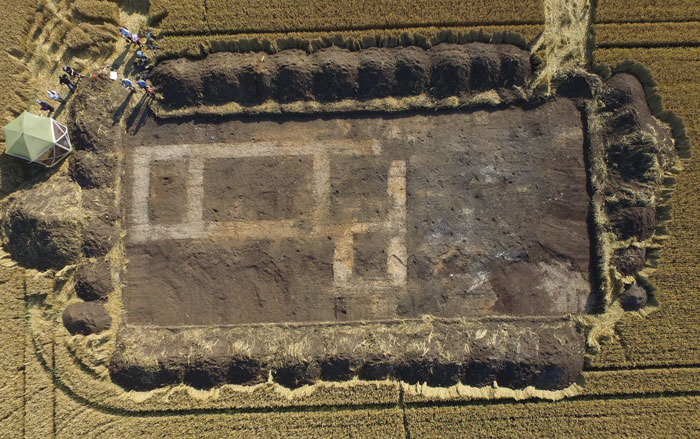
Digs & Discoveries September/October 2024
Cosmic Ray Calendar
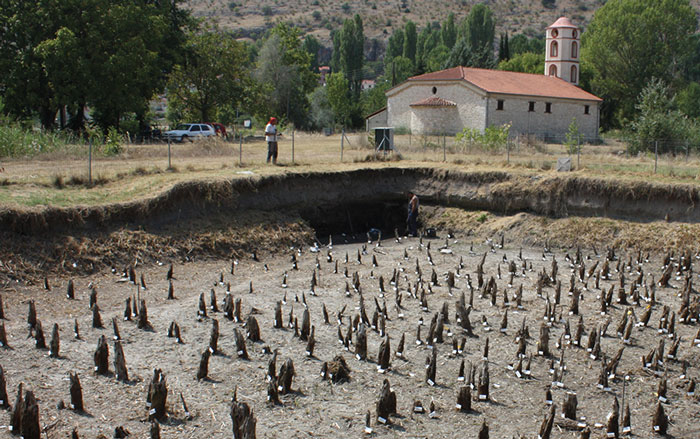
Digs & Discoveries July/August 2024
Neolithic Piercings
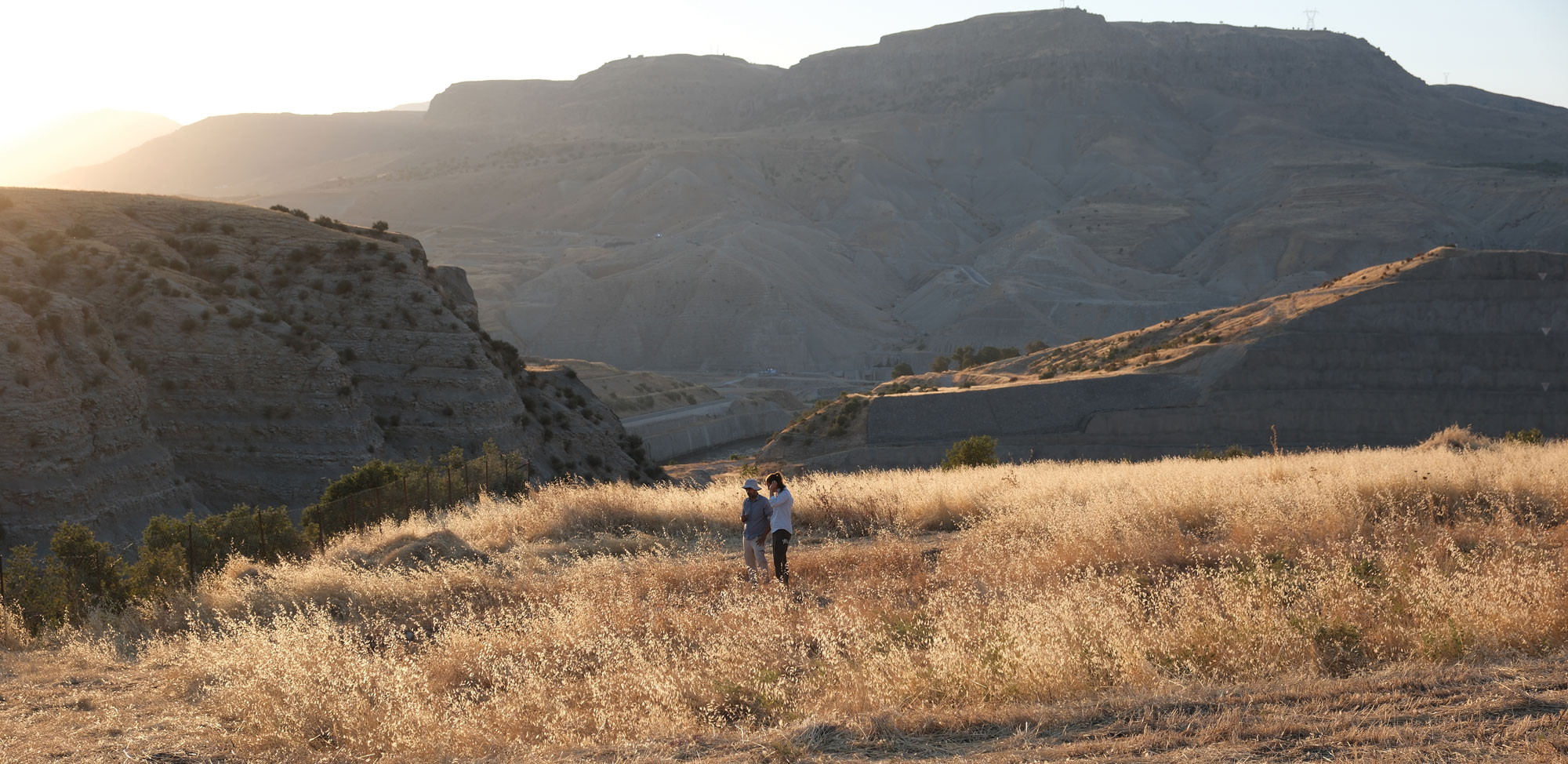
-
Features November/December 2018
Reimagining the Crusades
A detailed picture of more than two centuries of European Christian life in the Holy Land is emerging from new excavations at monasteries, towns, cemeteries, and some of the world’s most enduring castles
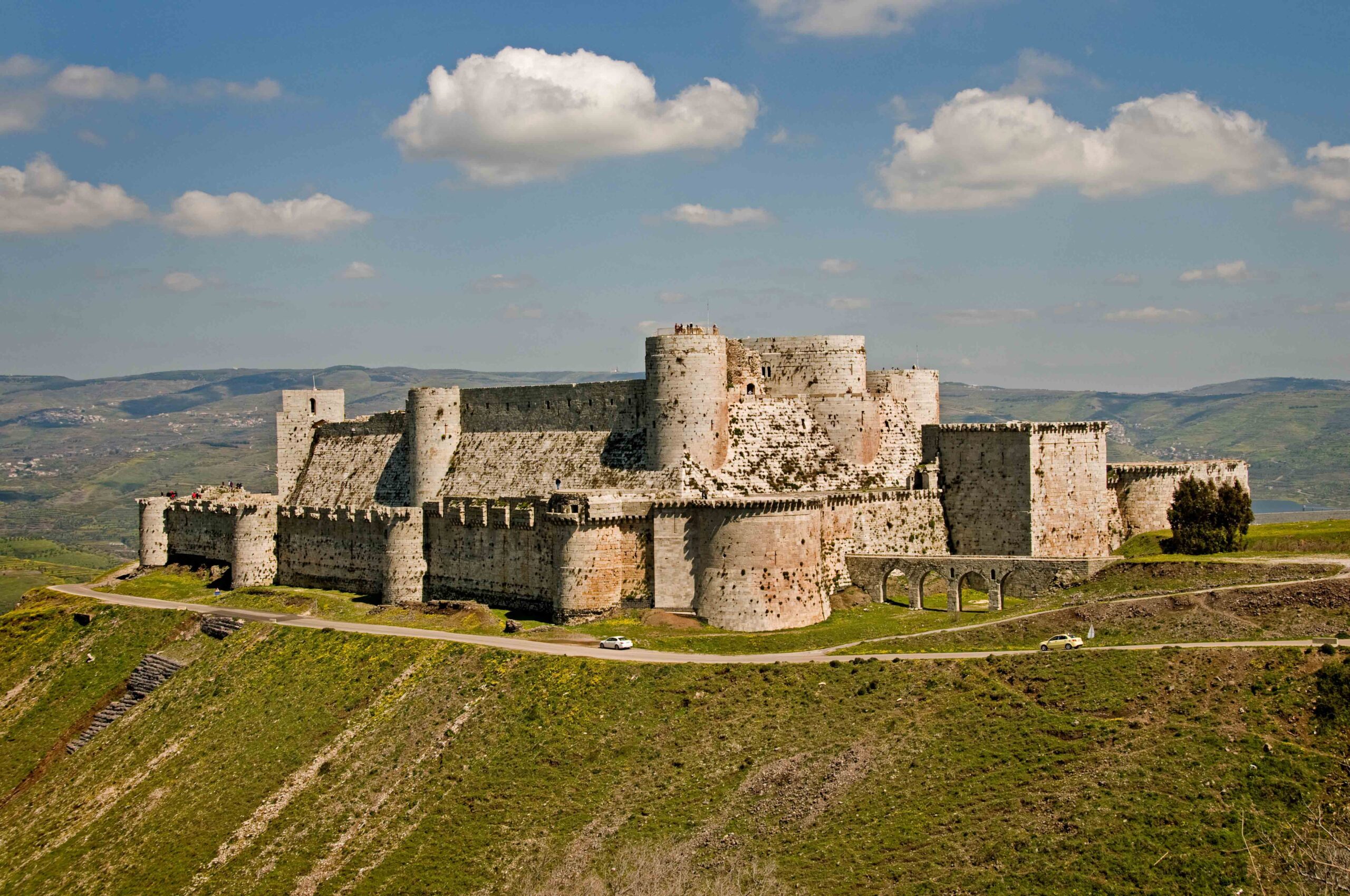 (Peter Horree/Alamy Stock Photo)
(Peter Horree/Alamy Stock Photo) -
Letter from California November/December 2018
Inside a Native Stronghold
A rugged volcanic landscape was once the site of a dramatic standoff between the Modoc tribe and the U.S. Army
 (Julian Smith)
(Julian Smith) -
Artifacts November/December 2018
Russian Canteen
 (Courtesy Copyright David Kobialka/Antiquity)
(Courtesy Copyright David Kobialka/Antiquity) -
Digs & Discoveries November/December 2018
The American Canine Family Tree
 (Photo by Del Baston/Courtesy of the Center for American Archeology)
(Photo by Del Baston/Courtesy of the Center for American Archeology)


